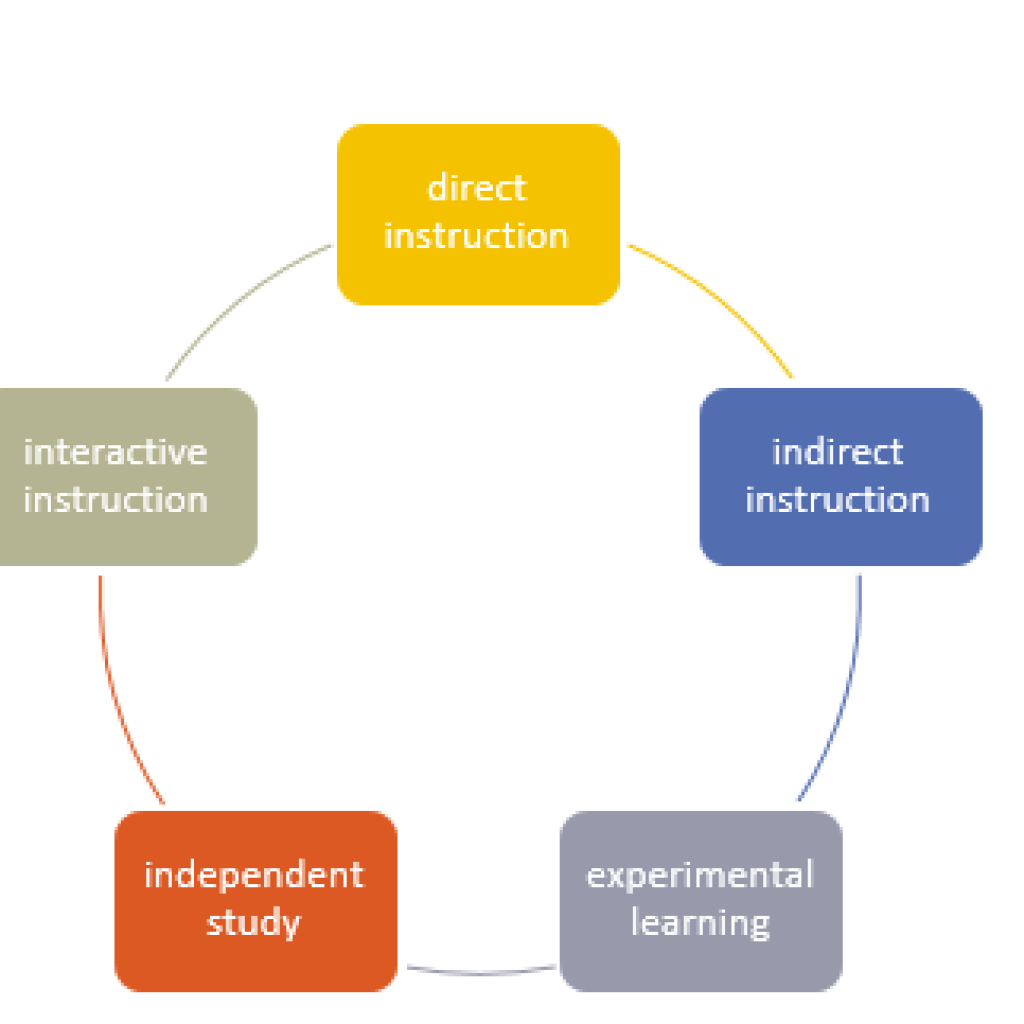AIS uses a wide range of instructional strategies and tools to impart knowledge. Different types of instructions such as self-initiated reading and writing, activation of prior knowledge, loud reading in case of languages are being used to impart quality education to the students. Despite the barriers of a typical curriculum’s demand for broad but superficial subject coverage by different pedagogical methods that encourage the student passivity, the teachers of AIS work on different types of instructional strategies to bring out higher order of thinking from the students that can be enhanced by going deep into the academic topics and not limiting themselves to the depth and the breadth of the curriculum. This is done by Scaffold Instruction where a student is weaned gradually from the teachers and resource materials support and allowed to try their independence. Commerce, Science, Language Art, Math departments include assignments which instigates higher order of thinking in the students. Some of the instructional strategies followed are:
The role of education in AIS is not limited to acquisition of facts and data but rather transcends that to logical thinking and providing the learners with proper moderate values and behavior. Our mission statement provides the students a clear vision and matured recognition of the contents of the education that fulfill future society’s needs and aspirations.

ASSESSMENT
AIS uses different assessment strategies to evaluate the improvement in student performance or understanding in the topic that is being taught. Prior to any lessons in a particular subject area the teacher test the students regarding information or lesson they are going to be taught. Once the lessons are being taught and the reference materials has been provided to the students teacher test the students and compare the tests to evaluate the new understanding by the students. The pre-testing and post- testing is done by different methods like verbal, quizzing and in the form of active learning. This type of assessment allows the teacher to alter her lesson plan and focus on the areas where numerous students may have trouble learning.
Classroom assessment is based on multiple measures of student proficiency including tests/exams, oral presentations, class participation, and projects. Students’ grades reflect their performance based on rubrics, as well as their effort and conduct within the classroom. AIS distribute monthly assessment reports to the parents and 2 semester report (final) cards per year. Communication with parents is ongoing by mail, email, and phone contact with regards to student progress.